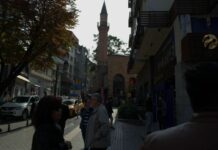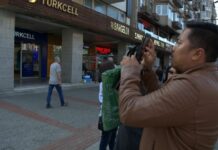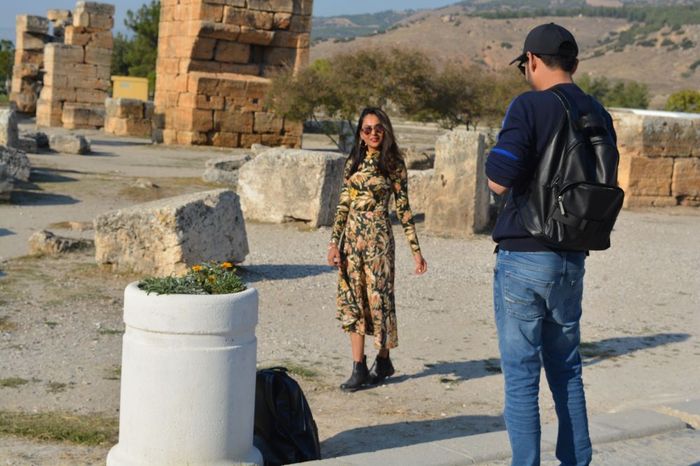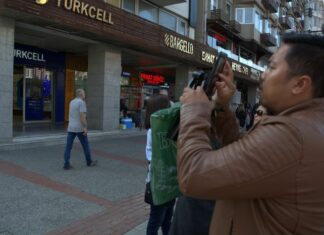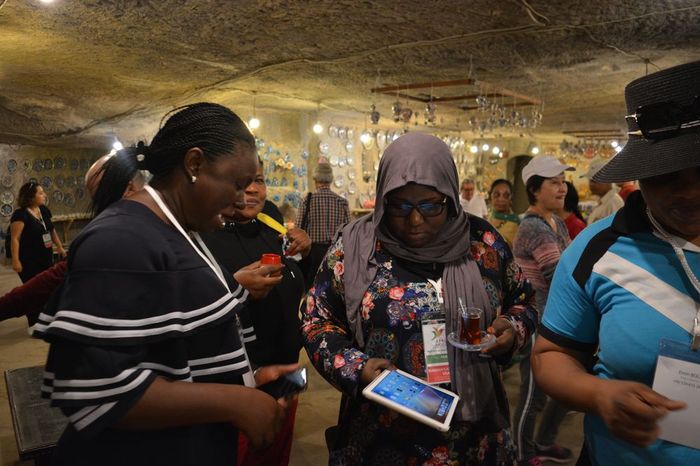A Brave Bishop During Persecution
St. Theopemptus was the Bishop of Nicomedia during the time of Emperor Diocletian, who ruled the Roman Empire. He was a Christian leader and is remembered as a Hieromartyr—a priest who dies for his faith. He was one of the first people persecuted under Diocletian’s rule.
The emperor ordered everyone to worship idols, including a statue of the god Apollo, but Theopemptus refused.
Miracles in the Fire
As punishment, Theopemptus was thrown into a burning furnace, similar to the Biblical story of Shadrach, Meshach, and Abednego. But instead of dying, he survived the flames, praying inside the fire. When the emperor checked later that night, he saw Theopemptus alive and unharmed What Was the Second Council of Nicaea.
Diocletian did not believe it was a miracle from God. Instead, he said it must be magic. So, he tried another way to kill Theopemptus—by depriving him of food and water for 22 days. Still, Theopemptus stayed healthy, which was seen as another miracle from God.
The Conversion of a Sorcerer
Diocletian then called for a famous sorcerer named Theonas. His job was to use magic to defeat Theopemptus’s faith. Theonas tried to poison Theopemptus several times, but the bishop was never harmed Private Tours Istanbul.
Impressed by these miracles, Theonas became a Christian. He was baptized by Theopemptus and given a new Christian name, Synesios. The two were later imprisoned together.
Martyrdom of Theopemptus and Synesios
Diocletian still tried to convince Theopemptus to give up his faith, but he refused. The emperor then tortured and beheaded him.
Synesios (formerly Theonas) also refused to worship idols. As a result, he was buried alive in a deep ditch. Both men became martyrs and are honored for their faith and bravery.
George of Nicomedia
A Christian Scholar and Leader
George of Nicomedia was a Byzantine theologian who lived during the second half of the 9th century. He worked as the keeper of records for the Great Church of Constantinople (now known as Hagia Sophia). He was also a close friend and correspondent of Photius, a famous religious leader.
Later, George became the Archbishop of Nicomedia.
His Writings and Legacy
George wrote several homilies (religious sermons) and hymns. Some of his work can be found in Volume 1 of Novum Auctarium, a collection published by the scholar Combefis.
There has been confusion between this George and George of Pisidia, another religious writer. George of Nicomedia may have also written a chronicle (historical account), but it’s hard to tell which writings belong to which “George” since many had the same name.

